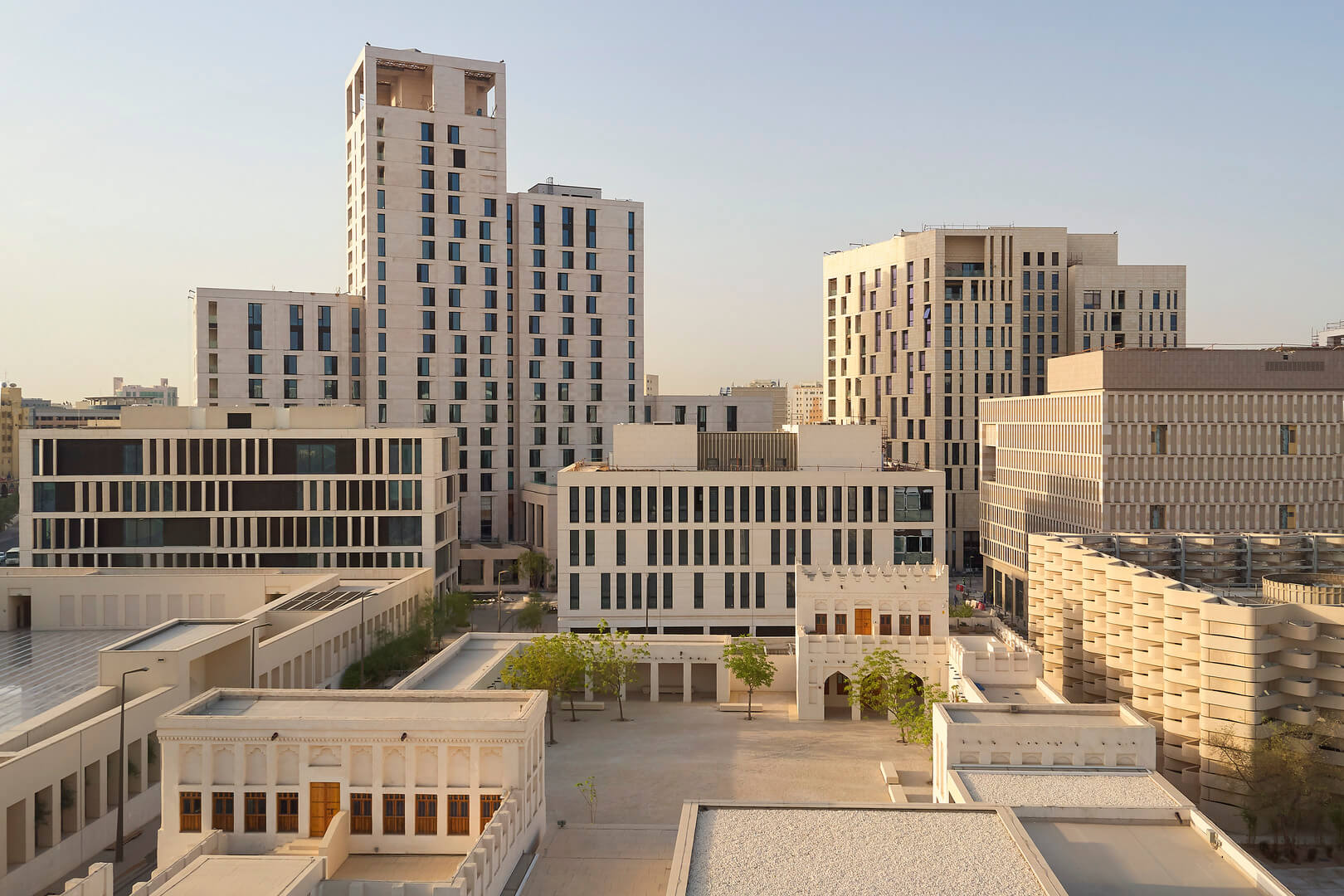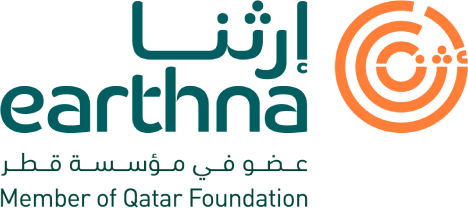
By Gonzalo Castro de la Mata
Executive Director, Earthna Center for a Sustainable Future at Qatar Foundation
Countries in hot and arid regions face substantial and unique challenges from global warming. Most climate climate models predict that they will experience comparatively greater increases in average temperatures, increasing the need for cooling - an essential requirement even today in many of these countries in order to make human habitability possible during several months of the year. In parallel, hotter climates increase evaporation, which will in turn reduce water availability, a compounding challenge considering that many arid coastal countries rely on desalination to meet their water needs.
The increased demand for cooling and desalination requires more energy, thus making energy transition in hot and arid countries a pressing matter if we are to keep to the Paris Agreement objectives, which aim to keep global temperature rise below 1.5 degrees Celsius this century. And the recent ‘UAE Consensus’ reached at COP28 reinforces the need for, and international commitment to, energy transition as a primary contributor to the fight against climate change.
The good news is that technologies exist today that can take advantage of the natural environment to increase energy production, reduce reliance on fossil fuels, and contribute to addressing these challenges.
Solar energy is the place to start. Because of the availability of solar radiation, the greatest photovoltaic potential globally exists in countries near the equator, which is precisely where average temperatures are highest, and sunlight is one of the most abundant resources. The price of photovoltaic electricity has come down by orders of magnitude in the last two decades, turning it into the cheapest form of energy under most circumstances. Therefore, rapidly deploying solar energy is the way to go for most hot and arid countries. Technologies and know-how already exist and thus, it is a matter of accelerating the policy frameworks conducive to increasing its adoption by lowering economic barriers and allowing the private sector to invest at scale.
Smart grids are a complementary measure to boost energy efficiency, as they enable better management of energy resources, reduce transmission losses, and enhance the integration of renewable sources into existing electricity grids. They can also help manage the intermittency inherent to solar energy, as well as optimize the use of batteries for storage. On the downside, high temperatures affect the performance of traditional batteries, but thanks to advancements in energy storage technologies, including lithium-ion batteries and thermal energy storage, these challenges are being addressed successfully.
District cooling is another important approach to reduce energy use. District cooling is defined as a centralized cooling system that provides chilled water (and therefore air conditioning) to multiple buildings (referred to as “a district”). This system is a much more energy-efficient alternative to traditional individual air conditioning units. On average and depending upon specific circumstances, district cooling reduces energy use for cooling by about one third.
In addition to these technological fixes, community action is also critical. Policy incentives to enhance community involvement are usually based on proper energy pricing, so that individual decisions can make a difference in the aggregate. Some individual actions include simple things like turning lights off when not in use, and saving water by not letting it run unnecessarily, especially if it comes from desalination sources. Another measure is to avoid unnecessarily cooling rooms in the home or workplace that are not in use.
Not all solutions, however, rely on technology alone. There are numerous traditional approaches that have been used in the past and that are still applicable today. For example, planning the position of buildings to avoid direct sunlight at certain times of the day, maximizing the flow of wind to cool them down, and using appropriate materials and colors to reflect sunlight.
Examples already exist that combine these approaches, like Msheireb (“a place to drink water” in Arabic), in central Doha. This is a relatively new re-development project where streets are oriented to capture cool breezes from the sea and shade pedestrian routes from the sun; buildings are positioned to shade one another and are light-colored to reduce the need for cooling; and eco-friendly building materials are used, as well as thicker walls and heat-insulating glass. In addition, solar energy is captured through photovoltaic panels and solar hot water panels to provide hot water. Cooling is provided by central district cooling, and the use of recycled water provides 70% of total consumption. Landscape makes use of native species, better adapted to the local environment, thus requiring less water. Finally, transport within the city can be achieved by walking or by the use of an electric tram.
In conclusion, hot and arid countries face unique challenges because of global warming, but solutions exist today that can help them adapt and reduce greenhouse gas emissions, in the context of the required global energy transition to achieve the Paris Agreement goals.
